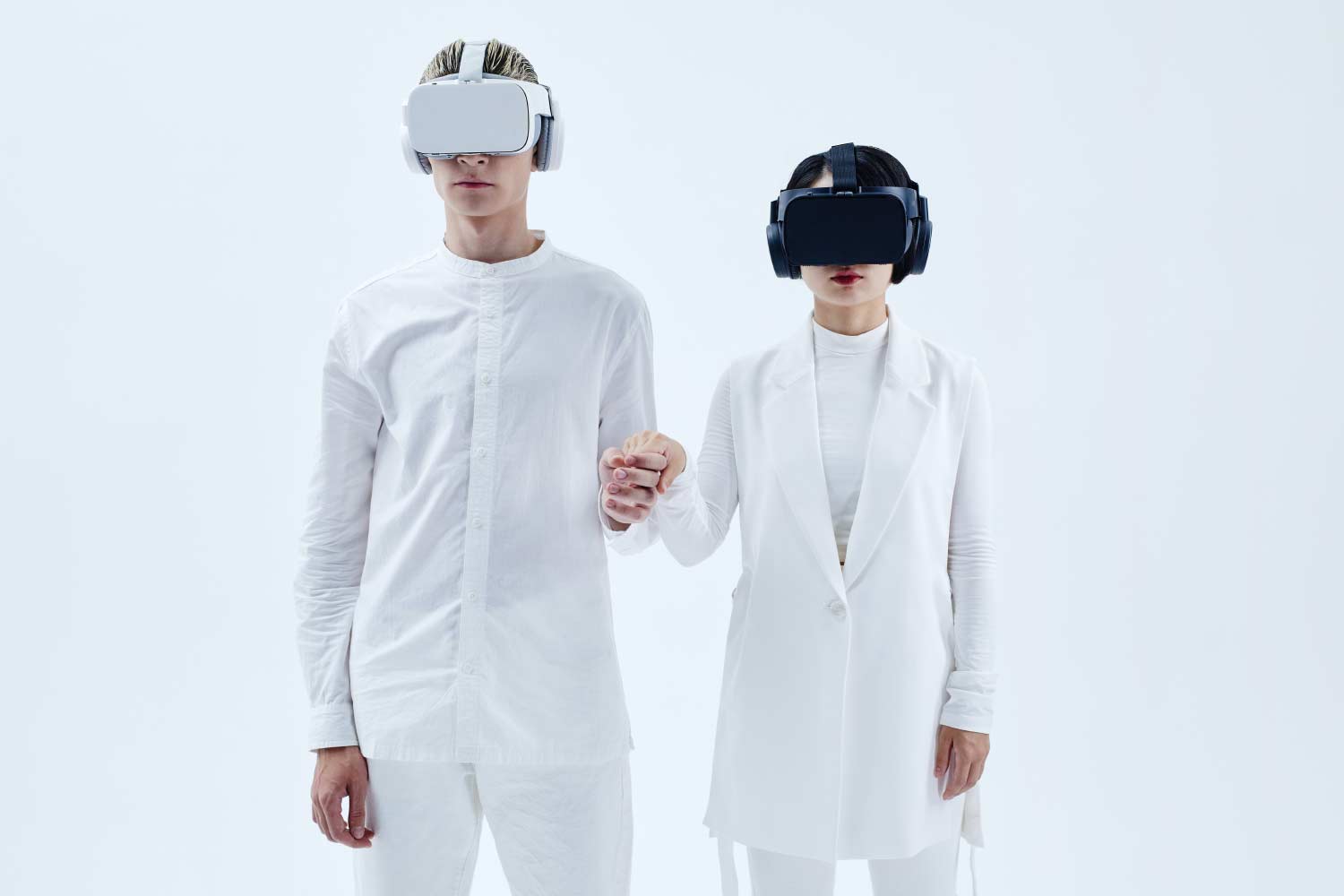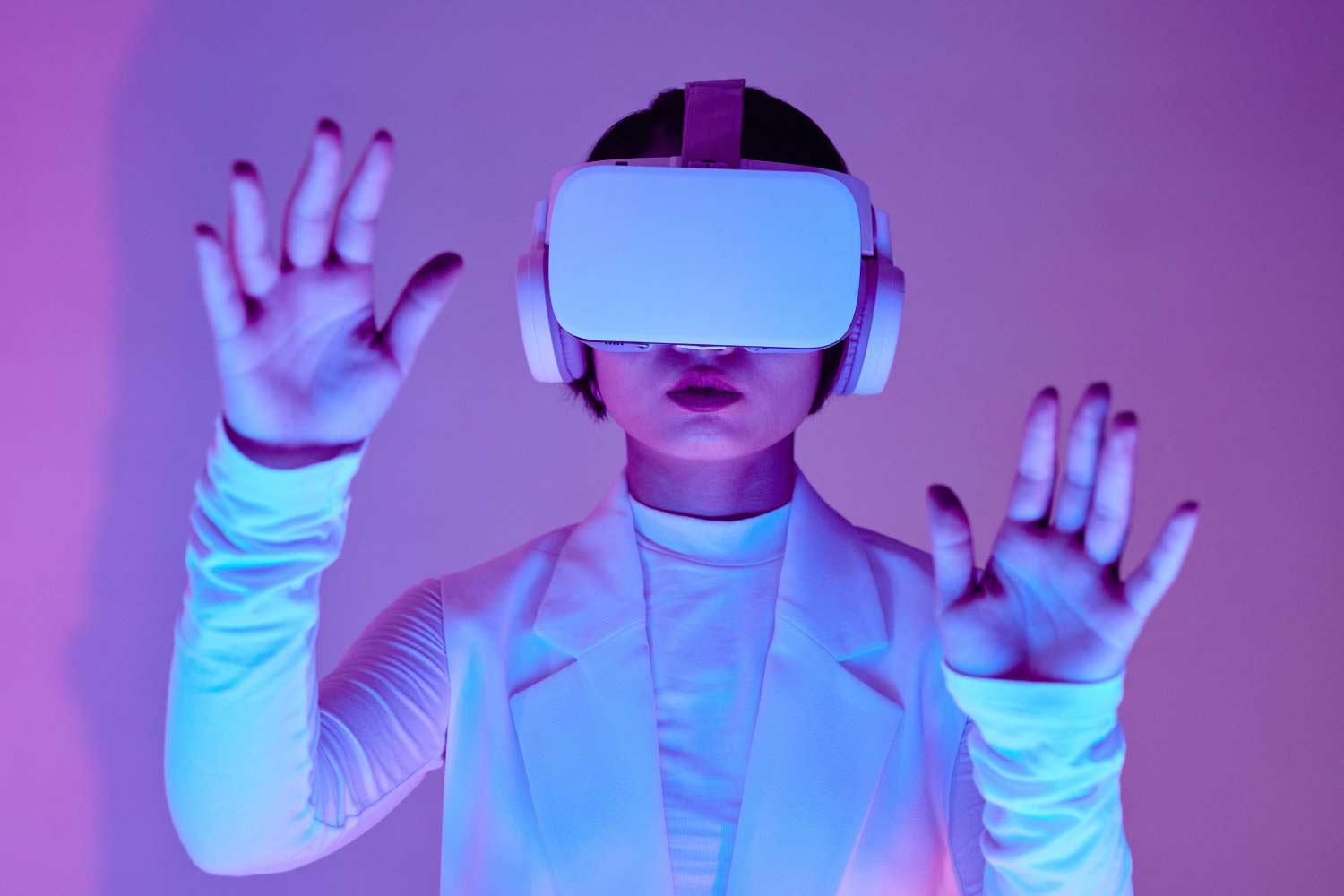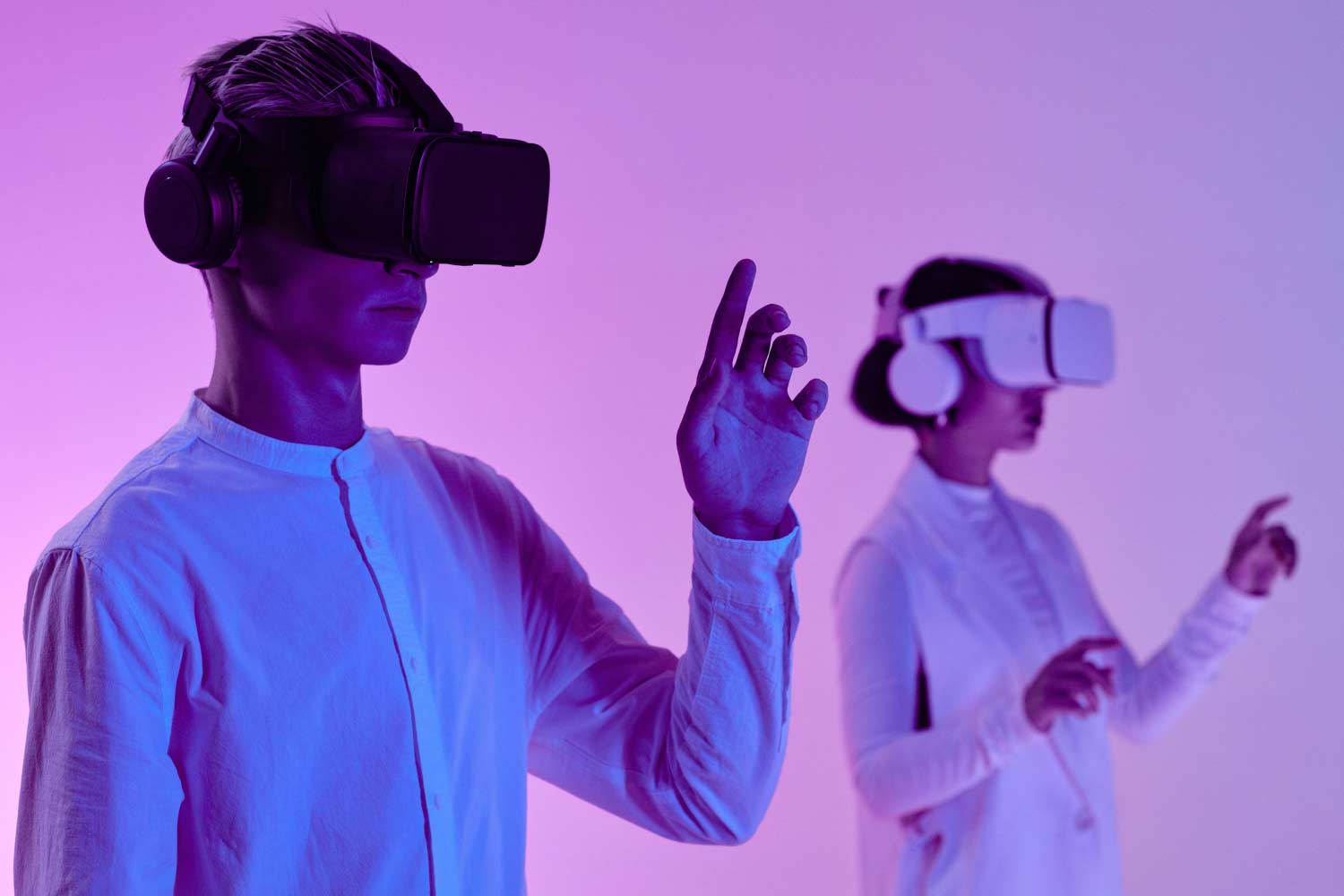Introduction
The concept of the metaverse has gained significant attention in recent years, with tech giants and startups alike exploring its potential. In this article, we’ll dive into the metaverse and its implications for products and businesses.

What Is the Metaverse?
The metaverse is a virtual universe or digital realm where users can interact with each other and digital objects in real-time. It’s a convergence of augmented reality (AR), virtual reality (VR), the internet, and various technologies that create immersive, shared, and interconnected digital experiences.
The Rise of the Metaverse
Several factors have contributed to the rise of the metaverse:
- Advancements in Technology: High-quality VR and AR devices have become more accessible and affordable, making immersive experiences possible.
- Virtual Economies: Digital assets, NFTs (Non-Fungible Tokens), and virtual currencies have created the basis for economic activity within the metaverse.
- Pandemic Acceleration: The COVID-19 pandemic accelerated the adoption of virtual meetings, events, and experiences, increasing interest in the metaverse.

Implications for Products
The metaverse presents exciting opportunities and challenges for businesses and product development:
1. Virtual Showrooms:
Imagine showcasing products in a virtual environment where customers can interact with them as if they were physically present. Car manufacturers and real estate companies are already exploring this concept.
2. E-commerce and Virtual Stores:
Online shopping could become a more immersive and social experience within the metaverse. Users can visit virtual stores, try on digital clothes, and make purchases using virtual currency.
3. Digital Products and NFTs:
Digital products, collectibles, and NFTs can find a natural home in the metaverse, where ownership and provenance are recorded on the blockchain.
4. Brand Presence:
Establishing a presence in the metaverse can be a branding opportunity. Businesses can host virtual events, product launches, and customer interactions in creative ways.
5. Remote Collaboration:
Teams can collaborate in virtual offices or meeting spaces, making remote work more engaging and productive.
6. Gaming and Entertainment Integration:
Integrating products into metaverse games and entertainment experiences can drive engagement and sales. For example, fashion brands have collaborated with gaming platforms to sell virtual clothing.
Challenges to Overcome

Conclusion
The metaverse represents a paradigm shift in how we interact with digital experiences, products, and each other. Businesses that explore its potential and adapt their products and strategies accordingly can stay at the forefront of this digital revolution. While challenges exist, the metaverse offers a dynamic and immersive playground for innovation and creativity, with the potential to reshape the way we live, work, and play in the virtual future.




